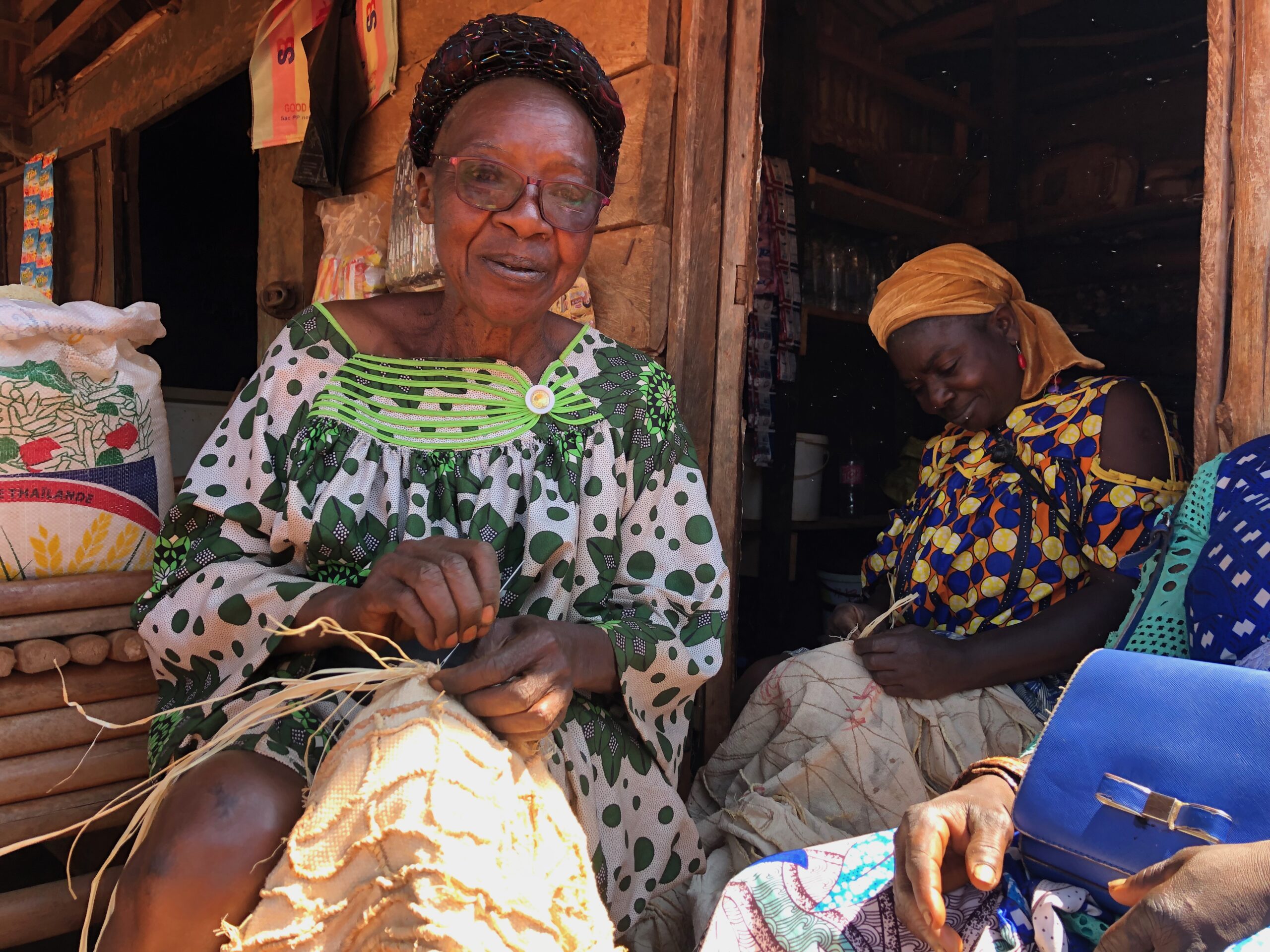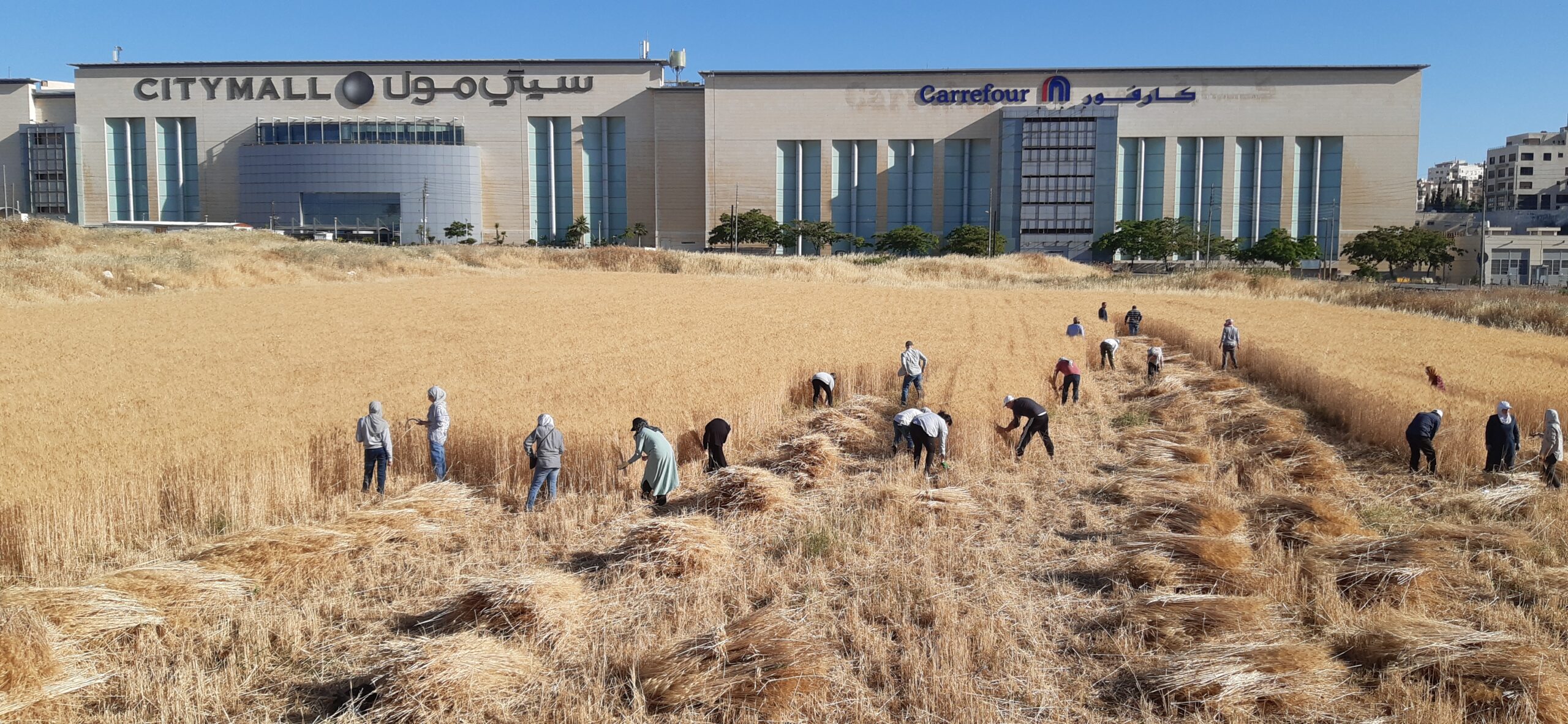In 1969, my grandfather gave the keynote address to the Master Brewers Association of America. He was not a brewer himself, but he had worked thirty years as a consultant to the industry, and by this time he had provided advice to breweries in every state of America and seventy countries.
The title of his speech was “How to Make Beer That Sells—with What You’ve Got!” He focused first on the importance of quality and outlined the industry standards: 1) Beer must be “clean and pleasing in flavor” as well as 2) “pleasing in appearance”; and 3) “it should not vary in flavor or appearance from day to day.” While beer drinkers today, myself included, wouldn’t agree with his definition of “pleasing” as “a complete absence of distinctive flavor components,” I suppose he can be forgiven for being at the mercy of the era’s bland American palate. As an industrial engineer, his main focus was on cleanliness, efficiency, and reproducibility; he did not seek to be a tastemaker, nor did he encourage this in his clients.
Coming across this speech recently brought me back a decade, to the months in which I was a pilgrim seeking advice from the editors of established literary magazines I admired, before naively launching my own. In our office in Frost Library at Amherst College, our half-aboveground home for the last ten years, I found three spiral-bound notebooks from 2009 and 2010. In them are some of my lofty early thoughts on quality—profound (with starlike lines emanating from both ends), resonant (encircled)—and editorial direction, a whole page of brainstorming in this vein: eclectic, surprising, margins … intersections, cross-cultural, belonging and alienation—unearthing a rock and seeing life crawling underneath … varieties of intellect & knowledge & understanding. Some of these notes are particular to my original vision, which revolved around rural literature. World of beauty & health & addiction & community support & community estrangement. Having grown up in a tiny Maine town, it was my belief that mainstream publishing doesn’t pay enough attention to life outside the cities, both in this country and abroad. I still think that’s true, but in envisioning what this magazine might and could become, I didn’t want rurality to hamstring the more important focus on how place shapes our lives.
But many more pages of the notebooks are devoted to nuts and bolts; print design and budgetary concerns. How to create a great magazine affordably—with what we had. (The 2008 financial crisis was not yet in the rearview.) Pages upon pages of local strategy—how to embed ourselves in the Amherst College community—and how to spread to the word beyond. Lines of logistics and notes about AWP (that storied and ever-growing annual gathering of writers and publishers from across the country)—getting there and how to display our wares: travel budget—people buy stuff there; eye for would I pick this up? pattern of design and contrast. Plus tips on never letting donors off the hook: never tell them ‘you’re done.’
One editor I met during my multi-city tour plus phone-a-thon implored me to remember the virtues and appeal of consistency. If a magazine was late to the printer and therefore tardy to subscribers even once, or if the production quality of a single issue was shoddy, readers would notice and lose faith. I took this anxiously to heart. Given the idiosyncrasies of literature, I never thought of myself as a quality-control officer, but that is, in part, what it means to be an editor of an independent magazine. Thanks to this advice, The Common has come out twice a year in print without fail, come pandemic or political disaster, with new online exclusives three to four times a week, with relatively few heart-stopping mistakes, though the nervous fingers that press “print”—once mine, now those of my editors-in-chief-in-training—never truly steady.
Ten years and twenty issues later, I am confident we have provided you, dear reader, with consistency at least, and hopefully a whole lot more. When we launched in April 2011, we barely had a website. Amazingly, and no thanks to me, we did have a year-old Twitter handle, even if I was too nervous to press “send” in that space. For many years I exploited the editor’s prerogative to ponder various themes in these opening pages, inspired by the view from various places, including Maine, Puerto Rico, Italy, New York, and Abu Dhabi. I am still inspired by the views, and not only the ones that I see with my own eyes. Over the past decade, we have published nearly 1,200 authors from fifty-two countries, writing in nineteen languages. Each of these pieces opens a space in our mind’s eye that wasn’t there before. I am grateful to our writers for putting their faith in us; to our editors, who have read words over and over before publication; to our interns for enlivening us with youthful enthusiasm and ideas; to our board members, for always replying to my emails and treating me like a peer even when I had never before created a meeting agenda; and to our generous individual donors and partners, especially Amherst College, for supporting literature between one economic crisis and the next.
All this energy and support has allowed The Common to become much more than a magazine, which is to say it is far more than I had dared to imagine. In order to mentor the next generation of writers, readers, and publishing professionals, we’ve developed a suite of hands-on literary publishing internships, an international classroom program to aid teachers and inspire students, a summer course for high schoolers, and a postgrad editorial fellowship. To broaden the horizons of readers, build cross-cultural bridges, and provide outlets for global authors, we’ve launched an annual literary festival at Amherst and become a champion of and conduit for un- and under-translated authors all over the world, particularly those writing in Arabic. Our debut authors have won awards for writing published in our pages and have secured book contracts. It’s all more than a startup mag could have wanted, and yet I know my team would never let us kick back and drink mojitos until the sun goes down.
Every summer since this magazine began, I’ve spent some portion of the month of August in Maine. Much of that time, I have been communing with ghosts— those of my grandparents who built this cabin on a lake in the midst of nowhere special—and, in so doing, creating a home for generations to return to. I am grateful to them, too, for sharing with me this particular place, the sense of which never leaves me. My parents, just twenty minutes down the road, are living in the house they built when my mother was pregnant with me. I am fortunate to carry a feeling of rootedness around with me; a homeplace is not to be taken for granted.
One of the defining qualities of a home is that it must always be there for you. And this is what I most want to say: We are here for you. With your help, The Common will be here for another ten years, promising new flavors, all of them distinctive.
—Jennifer Acker, Editor-in-Chief
Washington, Maine
Jennifer Acker is editor in chief of The Common.




